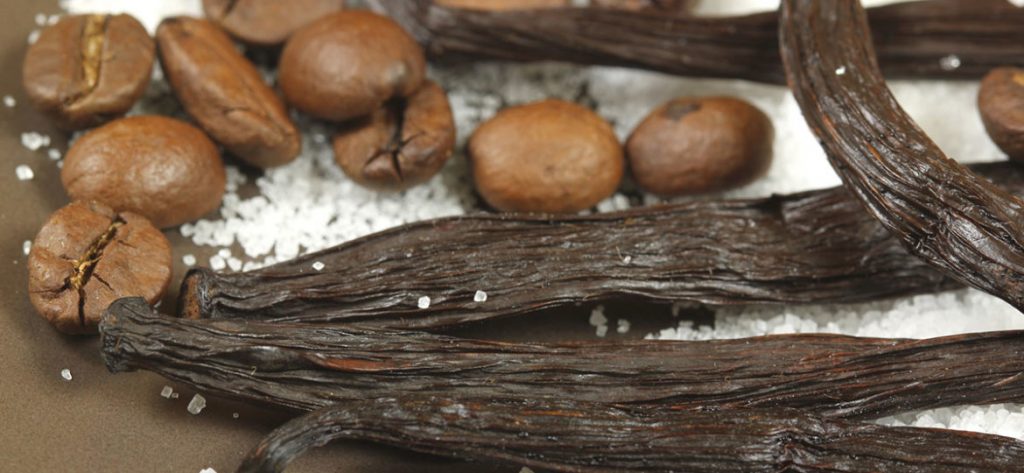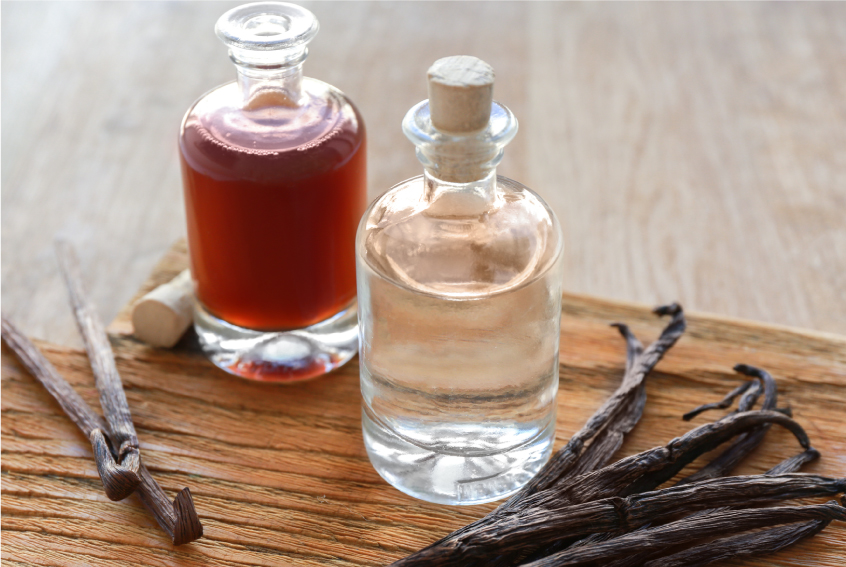Is there a more mysterious profession than that of the modern-day perfumier? In an Instagram age where seemingly every celebrity has their own fragrance line, somehow the mystery as to how fragrances are made and brought to life through a delicate blend of exotic scents remains as enigmatic as ever.
A beguiling perfume can be the evocative touch to your daily routine. A fine scent lingers in a room long after you have departed. The scent of a fragrance can help you recall a fond memory or relationship or lift your mood.
EVOKING A SPECIAL TIME AND PLACE
People choose a perfume for many reasons. Some wear to boosts their self-esteem and to attract a potential love interest. Others enjoy wearing a particular perfume because it promotes their individuality. While still, others use a perfume to transport them to a particular time or a place.
 Regardless why you wear a specific fragrance, understanding how fragrances are made and how your perfume came to be will change how you view that entrancing fragrance in its pretty little distinctive bottle.
Regardless why you wear a specific fragrance, understanding how fragrances are made and how your perfume came to be will change how you view that entrancing fragrance in its pretty little distinctive bottle.
THE ORIGINS OF PERFUME
From the beginning of recorded history, humans have attempted to mask or enhance their own odour by using perfume. Many natural and man-made materials have been used to create a perfume.
Moreover, due to differences in individual body chemistry, temperature, and body odours, no one perfume will smell exactly the same on any two people regardless of how fragrances are made.
The word perfume is derived from the Latin “per” meaning “through” and “fumum,” or “smoke.” Extracting natural plant oils from plants through pressing or steaming formed the basis for many ancient perfumes. The oil was then burned to scent the air.
HOW FRAGRANCES ARE MADE
Before the manufacturing process begins, the perfumier can draw on a dizzying range of exotic raw materials. From fruits to spices, resins, leaves, gums, balsams, and grasses, through to flowers, the perfumier’s highly trained nose selects just the right blend of ingredients for their end creation.
Today, many luxury brands, such as Chanel own their own flower fields to ensure they have sufficient high-quality ingredients for their perfumes.
In some fragrances, animal products such as ambergris from sperm whales and musk from male dear are added to the blending process. Increasingly, synthetic chemicals are replacing animal essences, which is cheery news for the animals!
COMMON PERFUME INGREDIENTS
A truly astonishing range of ingredients is used to create that amazing fragrance you adore so much. Perfumes routinely contain blends of:
- Amber
- Anise
- Black Pepper
- Cardamom
- Cedarwood
- Cinnamon
- Citrus
- Cloves
- Coconut
- Frankincense
- Geranium
- Ginger
- Jasmine
- Lavender
- Lilac
- Mandarin
- Musk
- Myrrh
- Neroli
- Orange blossom
- Rose
- Sandalwood
- Spearmint
- Tea
- Vanilla
- Violet leaf
- Ylang Ylang
Selecting the ingredients and arriving at just the right levels to create an irresistible fragrance is the key to the perfumier’s magical (and occasionally chemical) artistry.
EXTRACTING ESSENTIAL OILS
The main components found in a perfume base comprise oils from flowers and plant materials. One way of separating the oil from the plant material is squeezed until the oil is expressed.
Enfleurage and maceration are other commonly used methods of extracting essential plant oils. These methods use grease or warmed fats to extract the oils. Plant tissue is also boiled or steamed to extract the oils in a process is called steam distillation.
Some manufacturers also use solvent extraction. During this method, the plant material is dissolved in benzene and exposed to ethyl alcohol, which is then burned off leaving only the perfume oil behind.
If you have ever wondered why perfume is so expensive, it takes roughly 660 roses to extract the oil that’s required for a 15-millilitre bottle of perfume.
BLENDING THE OILS
To create the desired perfume scent, the perfumier conducts extensive testing and mixing using different combinations and concentrations of ingredients. It can take years and hundreds of ingredients to arrive at the desired formula.
After blending the oils to create the desired scent, alcohol is often mixed into the base essence to dilute the ingredients. The amount of alcohol added determines whether the resulting fragrance is classified as a cologne, perfume, or eau de toilette.
Cologne is the least powerful of the three levels. It contains the most alcohol but only around a maximum 10 percent of essential oils.
Eau de toilette comprises up to 15 percent of essential oils and contains less alcohol than cologne.
In contrast, perfume, contains the least alcohol, while enjoying the strongest scent, containing up to 40 percent of essential oils.
THE AGING PROCESS
After the oils are extracted, blended, and finally diluted with alcohol, the resulting base fragrance is ready for the aging process. During aging, the perfume is stored in a dark, cool area. Here it stays for several months or up to one year without being disturbed.
The aging process helps bind the alcohol with the essential oils. After the aging process is complete, a perfumier tests the resulting scent to ensure it is up to standard. Usually, the fragrance will be noticeably stronger than it was prior to entering the aging process.
Any further desired adjustment or additional blending typically takes place at this point in the process. Perfume is only released for sale after undergoing thorough testing to ensure that the final scent blend meets specifications.
WHY PERFUMES SMELL DIFFERENT ON YOU
If you’ve ever liked a distinctive perfume on someone and then tried it on yourself, only to be disappointed when it didn’t smell quite the same, you’re not alone.
There’s a scientific reason for the perfume’s paradoxical behaviour. While a perfume may have distinctive fragrant notes, the wearers’ individual body chemistry heavily influences how it reacts on your skin.
Hormones have a say in how a perfume behaves once it makes skin contact. Even diet can influence how a fragrance smells and how strongly it lingers after initial application.
If you have a passion for savoury or spicy dishes, you may find your perfume picks up hints of these scents as they seep through your pores.
ENDURING MEMORIES
An increasingly popular way to remember a fabulous visit to an exotic land is through a souvenir perfume. These fragrances enjoy a deep connection with the history of the UAE.
Each scent evokes a memory of your visit to UAE while bringing to life the history of the UAE with its traditional trade in precious perfume ingredients such as frankincense, myrrh, oud, cardamom and vanilla bean.



